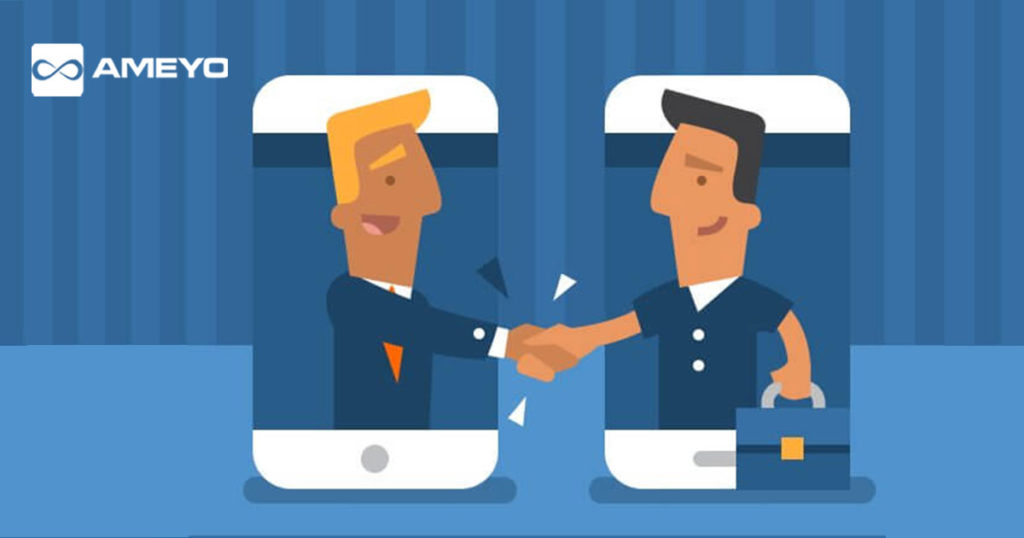Just like customer service, basic telephone skills are important for everyone in an organization. Everyone from the CEO on down – not just customer service representatives and receptionists – needs to know and use good telephone skills. Knowing how to greet a caller and have an effective conversation builds stronger relationships with both internal and external customers.
So, what are the basics? A phone call should be considered as important as a face-to-face meeting, and some of the same concepts apply. Let’s take a look at 10 basic telephone skills that everyone should remember.
- Have an attitude of enthusiasm
From your greeting to the end of the call, the person on the other end of the line should feel that you care and that you’re happy to have the opportunity to help. This doesn’t mean you have to be over-the-top excited, just maintain a positive attitude. - Sounds silly, right? The person to whom you are talking can’t see you
But, telephone experts have shown that callers can sense when you’re smiling. The experts even recommend that people who are on the phone all day keep a mirror on their desks to remind themselves to keep smiling.
- Control your voice and your tone
In addition to your words, the way you say them has a great effect on the mood of the call. Remember to maintain your sense of enthusiasm as mentioned, but also guide the call based on specifics – is it strictly business? Or lighter or more personal? Your tone and inflections can even help the caller understand what you are trying to convey.
- Begin with a greeting
Make it warm and sincere. It might be “Hello” or “Good Morning” or “Good Afternoon,” but it should be personable and not make the caller feel as if he or she is an interruption. If you are too busy, it might be preferable to use voice mail rather than risk making the customer feel unappreciated.
- Say goodbye
Have you ever been ending a call and saying goodbye only to hear a click? Don’t do that to your customer! A strong closing demands a “goodbye” at the end of a call at the very least. It’s even better if you also wish the caller a good day, or add a final word of appreciation.
- Avoid technical jargon
Don’t use technical or industry-specific terminology. Think of a time when someone tried to tell you something and you had absolutely no idea what they were talking about. How did you feel? Probably confused, frustrated, maybe even dumb. Use common terms and language as you convey information and answers to your caller.
- Keep calm – even if the customer is angry
If you and your customer are both angry, your phone call is going nowhere fast. The customer’s anger is often because of something that has already happened, and it may be something that you have no control over. One of the best ways to deal with an irate customer is to let him or her vent for a bit, then ask questions to make sure you understand the situation and to show that you care. Use reflective listening to repeat the problem back to the customer to demonstrate that you are paying attention, and then communicate what you will do to begin to seek a solution.
- Transfer only if you must – and then only once!
If you must transfer the call to someone else, follow two important steps: First, make sure that you are transferring to the appropriate person, and second, make sure that person is available to take the call. Do not put your caller into an endless cycle of transferring from one person to another.
- Try to stay away from the “hold” button
A survey in USA Today conducted by Nancy Friedman (aka The Telephone Doctor) showed that more than anything, callers hate to be put on hold. There are only two times when it is unavoidable – to transfer (if necessary) and to get information.
- Communicate and/or call back
When it is truly necessary to put a caller on hold, let him or her know how long the wait will be. And if you say it will be two minutes but then realize it will be longer, get back on the line to reset the customer’s expectations. Also, give them the option to be called back. Set a specific time to call, and then do it!
Author Bio:
Shep Hyken is a customer experience expert and the Chief Amazement Officer of Shepard Presentations. He is a New York Times bestselling author and has been inducted into the National Speakers Association Hall of Fame for lifetime achievement in the speaking profession. Shep works with companies and organizations who want to build loyal relationships with their customers and employees.
